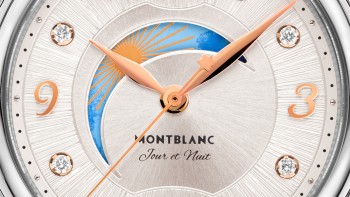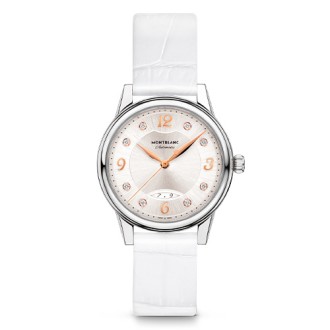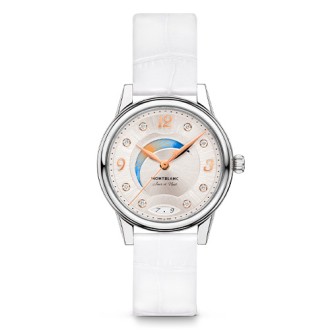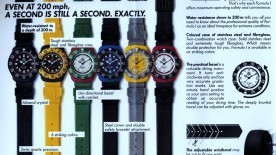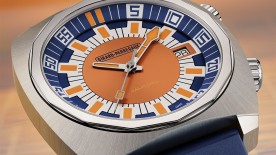Not a lot of people will remember when Montblanc first launched their Bohème feminine watch collection. I don’t say this in a slighting way, but the Bohème was a strategic launch for Montblanc, a reasonably priced feminine timepiece in the classic elegance design category. It wasn’t a big technical blockbuster premiere, which is the kind of thing that sticks in most people’s minds. I remember the launch for two main reasons, even though it was in August 2014, a decade ago now.
Firstly, I felt it was an important step for Montblanc in terms of product diversification, at a time when their only feminine offerings came in the form of the Star collection, a design with a more contemporary flavour and with few complications or overt concessions to a female audience beyond the usual size and aesthetic variations (which is to say smaller diameters and mother-of-pearl dials). Secondly, the launch of the Bohème afforded me the rare chance to sit down with Jérôme Lambert, then-CEO of Montblanc, for a frank and thought-provoking conversation about creating feminine timepieces. Some of the ideas we exchanged in that discussion continue to stay with me today, which makes the Montblanc Bohème more impactful on me as a person than many other so-called “major” watch launches in the last 10 years.
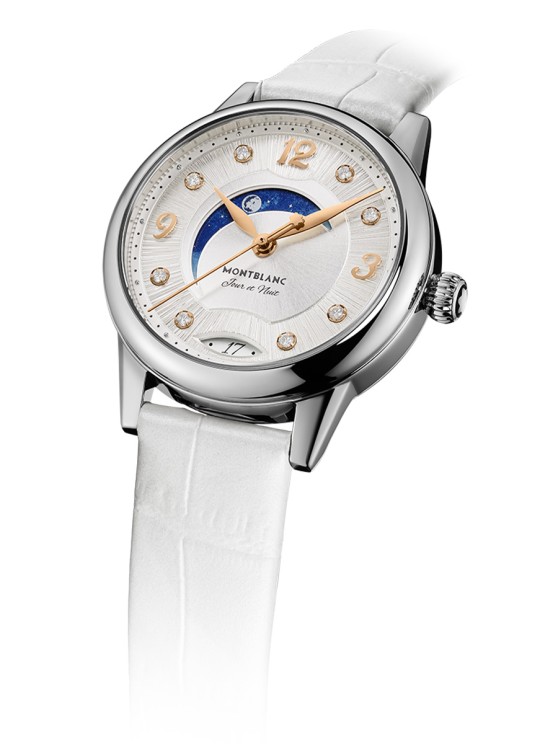
The Montblanc Bohème is that rare watch that carries dualities within it. Part of it stems from the name itself, the balance of establishment and iconoclasm that comes with the inherited associations of a great 19th-century Puccini opera about an unconventional life.
When it was launched in 2014, the Montblanc Bohème represented something that would have sounded absurd in the time of Giacomo Puccini — it represented affordable luxury. It made mechanical watchmaking more accessible and less intimidating for a wider audience, without sacrificing refinement.
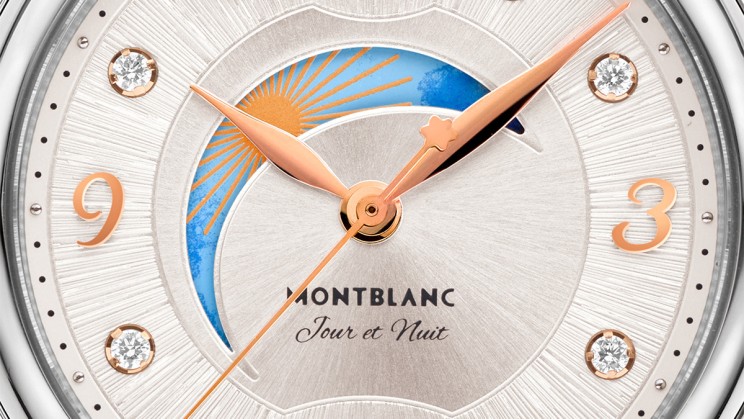
Particularly in the Jour et Nuit models, horological complication was able to shed some of its perceived severity and take on a softer (or some might say, more feminine) aspect. The day-night display is usually paired with a GMT indication in order to maximise the practical value of the latter function. Breaking with the familiar, the Montblanc Bohème Jour et Nuit has only one time display, but the day-night indication here is used to make a salient point about modern lifestyles and the need to remain in the moment, to be aware of the passage of time throughout the day. And, if we want to adopt a Gen Z way of thinking about it, the day-night indication of the Montblanc Bohème Jour et Nuit is an adroit reminder for us to “touch grass” — to get away from the artificial glow of our screens and to go outside where we can actually experience some natural sources of light.

As an aesthetic update, Montblanc’s latest Bohème models, three of them in total, draw inspiration from watercolour painting, which is why the dials have an organic, textured finish resembling the grain of high-quality watercolour paper. On the two models with the day-night indication, the day-night disc is decorated with painterly representations of the sun and moon, in comparison with past models, which went for a more graphic, abstract style.
Although we tend to think of watercolour painting today as a sort of dainty and genteel pastime, it was actually part of the essential skillset for many professions in the 18th century. Before the advent of photography, aquarelles were used as a practical form of illustrating scientific or engineering studies with a high level of detail. Military units and geographical expeditions would complete their reports with watercolour illustrations, which were key to delivering accurate information. The new Montblanc Bohème models tread a similar line between aesthetics and utility, well-balanced creations that become even more attractive in light of their price point.
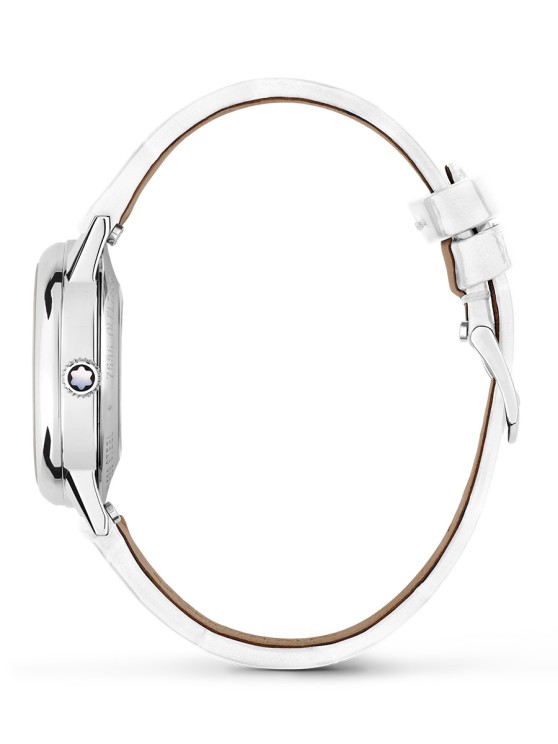
Ranging from CHF 2,920 to 3,620, these new models remain thoroughly accessible even though a close examination of their finer details might suggest a more elevated product (and therefore a more elevated price). And with its design versatility, it can be worn anywhere — to the office, at the movies, even on the red carpet for an opening gala of classical opera.
The point I’m ultimately trying to make is that the Montblanc Bohème would be perfectly at home at any performance of La Bohème, whether at the time of its inception, when opera was considered a popular entertainment, or today, when opera has ascended to the levels of a grand art form. Leaving aside the anachronism of placing a 21st-century wristwatch in context of a 19th-century opera hall, this sort of millennia-hopping mental exercise makes you wonder: can a timepiece be timeless? Another layer of philosophical complexity for the Montblanc Bohème.
Fun fact: La Bohème was the inspiration for the Broadway smash hit Rent, whose Grammy-winning song lyrics taught an entire generation of musical theatregoers that there are 521,600 minutes in a year. Even through this seemingly tenuous connection — a stage musical based on an opera that shares its name with the watch — you find references to time woven throughout the universe of the Montblanc Bohème.
There was a period when the Bohème faded a little into the background at Montblanc, but it’s good to see it coming back into the spotlight again. I’ve always wanted to see it shine, from the first time I saw it… 5,216,000 minutes ago.
